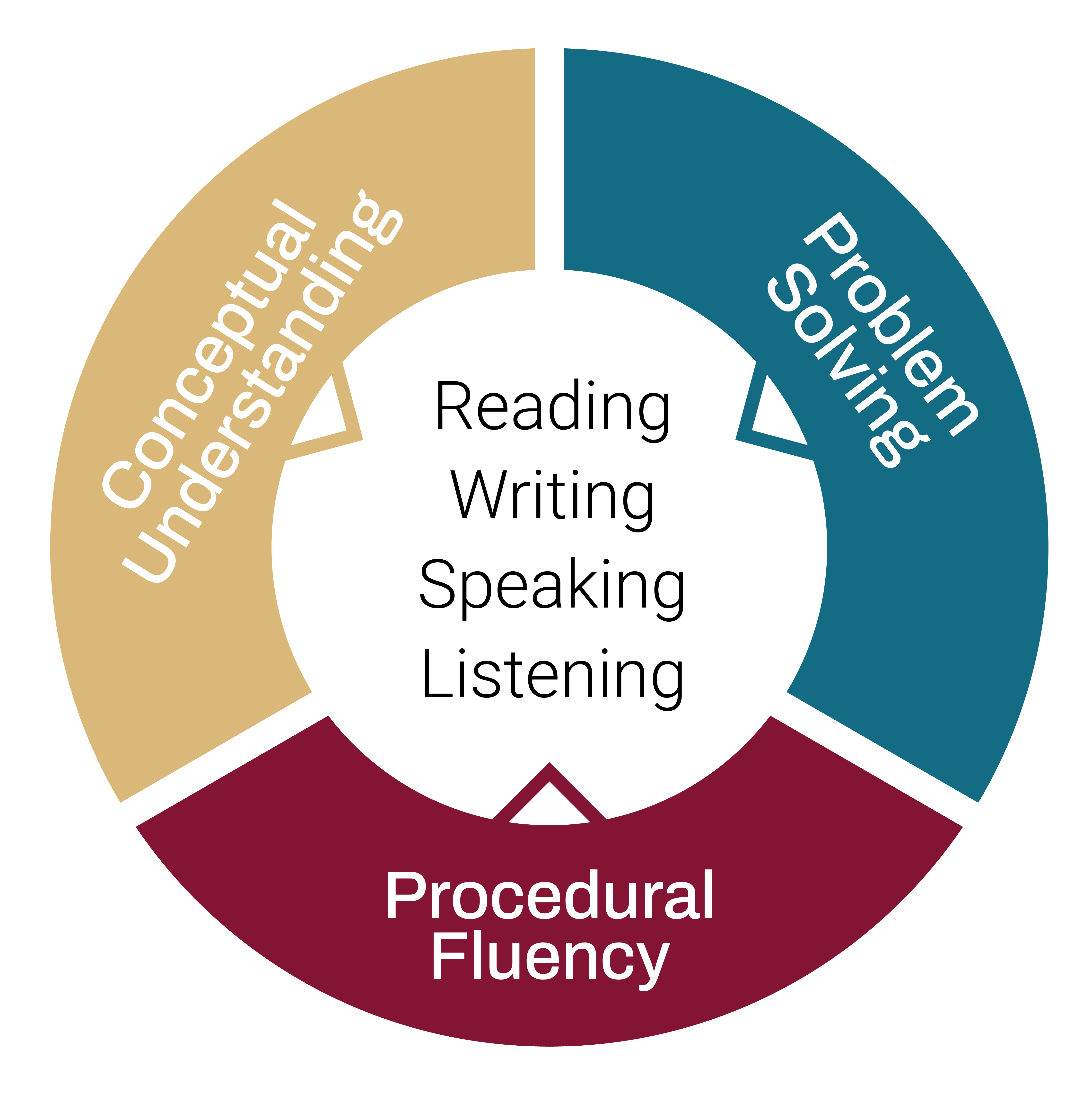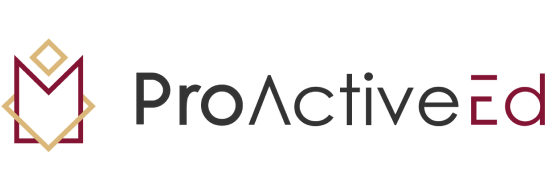Math Literacy Instructional Framework
Mathematically literate students need opportunities to…
Acquire the conceptual understanding necessary to read, write, speak, and listen like mathematicians.
Apply their conceptual understanding to solve problems multiple ways using the world around them.
Integrate the skills and concepts they have learned to fluently solve a variety of problems with accuracy and efficiency.

About This Solution
Students can rise above functional literacy in mathematics when they are taught to read, write, speak, and listen using the language of mathematics. The Math Literacy instructional framework and accompanying resources provide teachers with five anchors of math literacy that are easy to implement and develop students’ conceptual understanding, problem-solving, and procedural fluency through well-orchestrated, authentic literacy building experiences.
Math Literacy Toolkits® are the key resources used in this program. The toolkits are developed during the teachers’ professional learning time. Prior to our visit, a learning inventory is used to determine the needs of the students and a professional learning plan is designed for each teacher. The results of the inventory and professional learning plan are then used to co-create the toolkits, Common Core aligned learning goals, and formative checkpoints.
5 Anchors of Math Literacy
The ProActiveEd Math Literacy Toolkits are based on five anchors of math literacy that are easy to implement and develop students’ conceptual understanding, problem-solving, and procedural fluency through well-orchestrated, authentic literacy building experiences.

Academic Discourse
Create an opportunity in class for students to talk about mathematics in order to learn become math literate.

Conceptual Understanding
Allow students to use the world around them to model math following the Concrete-Pictorial-Abstract sequence.

Authentic Reading Experiences
Give students an opportunity to read and develop conceptual understanding—not just read to solve a problem.

S.T.E.A.M. Connections
Enable students to apply their conceptual understanding and reading skills to science, tech, engineering and arts.

Technical Writing
Foster reading and writing as an understanding of mathematics, just like students do with all other subject areas.
Math Literacy Instructional Framework

Conceptual Understanding
These lessons activate student literacy and engagement as students interact with concrete representations, authentic scenarios, informational text, graphic organizers, and text-dependent questions. During these lessons, students:
- Connect: Connect the learning goals to their prior learning and the world around them.
- Explore: Use authentic, concrete representations to explore the learning topic.
- Read: Use informational text to investigate the topic and formally learn key concepts.
- Write: Write expository pieces to summarize their conceptual understanding.
- Share: Share their learning with each other and the teacher.

Problem-Solving
These lessons activate student literacy and engagement as students connect their conceptual understanding to the world around them. During these lessons, students:
- Read: Use schema, research, and context clues to comprehend problem scenarios.
- Strategize: Investigate invented and standard strategies to predict outcomes.
- Solve: Use computation skills and number sense to develop accuracy and precision.
- Critique: Collaborate to share strategies, explain reasonings, and justify solutions.
- Write: Use technical writing to demonstrate their conceptual understanding and problem-solving skills.

Procedural Fluency
These lessons activate student literacy and engagement as students analyze short concrete, application, or abstract problems to determine and use the most effective and efficient methods to solve them. These lessons follow the problem-solving framework above with an emphasis on investigating previously implemented strategies for their similarities, differences, effectiveness, and efficiency.
Program Sample Sessions
- Math Literacy Instructional Toolkits Overview
- Developing Conceptual Undertanding
- Fostering Flexible Problem-Solving Skills
- Nurturing Procedural Fluency
